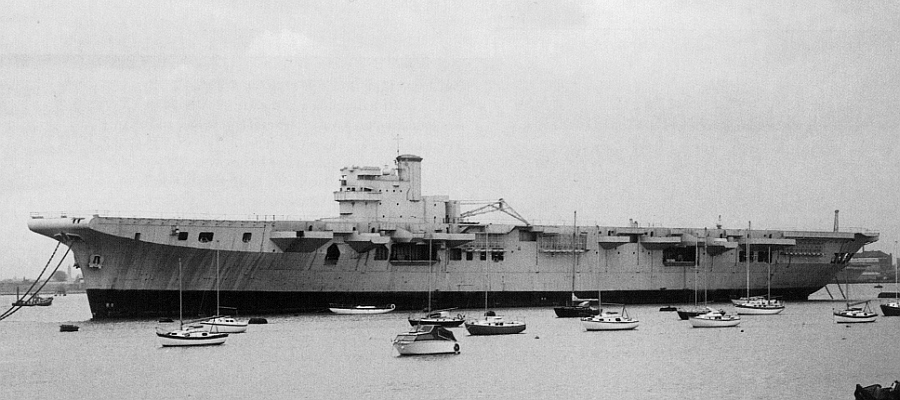Pirate Pete
ACCESS: Secret
- Joined
- 25 July 2007
- Messages
- 304
- Reaction score
- 444
The GW96A class Missile Cruiser was cancelled by the Royal Navy in 1957, but, I do not seem able to find any ‘definitive’ statement about who/why the decision was made. I appreciate that in reality they were harking back to a previous era as modern Frigates had an adequate cruising range and were far more economical manning wise and could, in effect do their jobs. They were after all harking back to ‘Flagships’ and ‘Showing the Flag’ type vessels.
Plans seems to have been 4 Cruisers and 10 County DDG’s, later 3 Cruisers and 16 Counties.
Of course, we never ever got even 10 Counties, so it could be seen as somewhat academic.
Reading D.K. Brown & Moore, ‘Rebuilding the Royal Navy’ it seems the design team were moved over to the Nuclear Submarine.
programme after cancellation.
What I’m looking for is the reason/decision to cancel. Was it Mountbatten as First Sea Lord and the ‘88’ manning numbers for the Navy, and/or were they sacrificed in order to save the Carrier Fleet?
Plans seems to have been 4 Cruisers and 10 County DDG’s, later 3 Cruisers and 16 Counties.
Of course, we never ever got even 10 Counties, so it could be seen as somewhat academic.
Reading D.K. Brown & Moore, ‘Rebuilding the Royal Navy’ it seems the design team were moved over to the Nuclear Submarine.
programme after cancellation.
What I’m looking for is the reason/decision to cancel. Was it Mountbatten as First Sea Lord and the ‘88’ manning numbers for the Navy, and/or were they sacrificed in order to save the Carrier Fleet?

